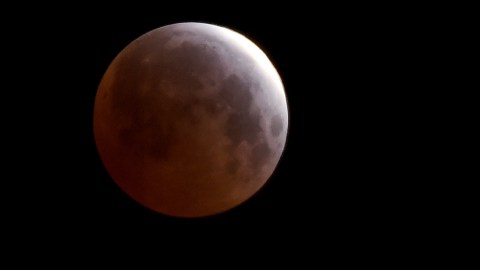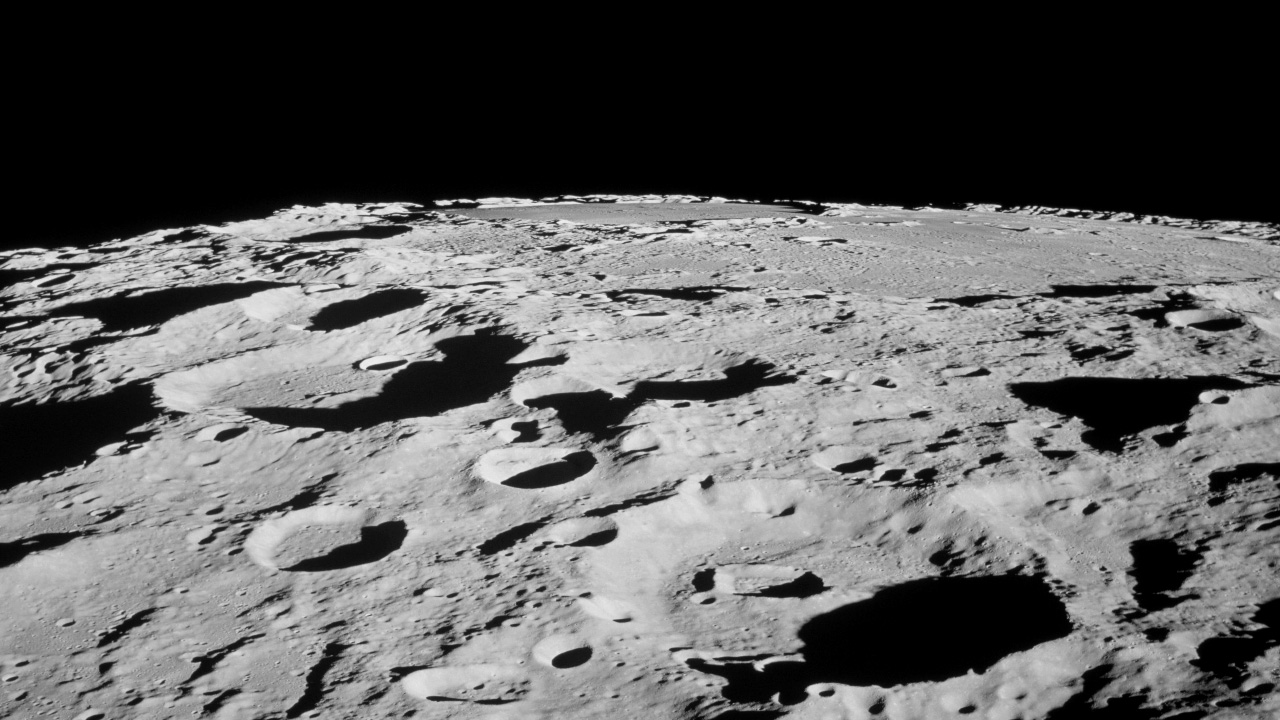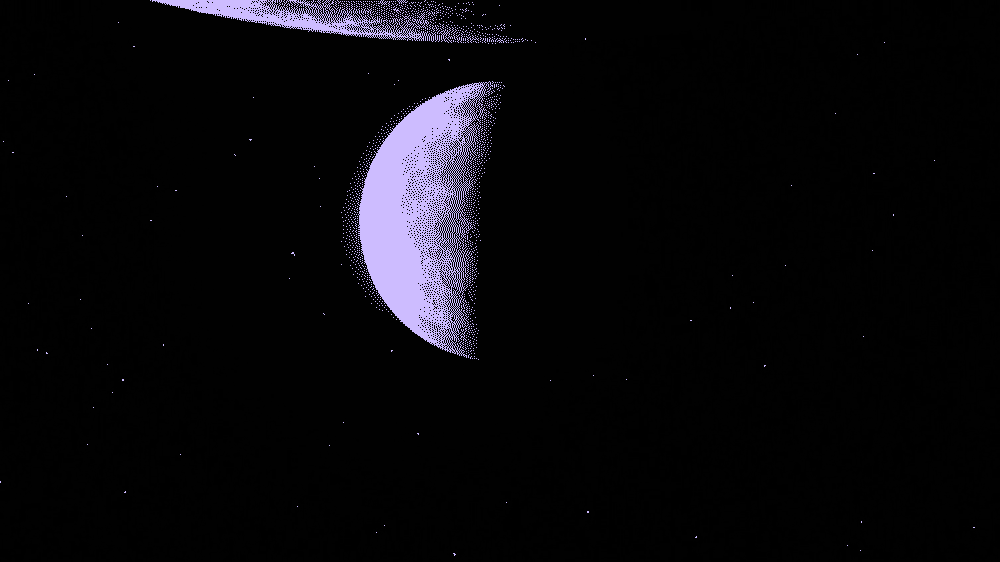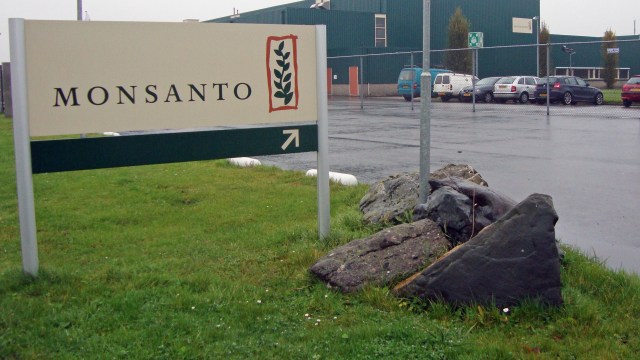Earth May Have Fused with Another Planet. What Does This Mean about Our Origins?

We’ve known the moon’s origins for quite some time. It was thought to be formed by a “planetary embryo,” known as Theia, that side-swiped the Earth 4.5 billion years ago. However, researchers suggest in a recent study published in Sciencethat this collision wasn’t a glancing blow, but a powerful head-on collision, which caused Theia to fuse with Earth. That’s right, Earth is actually made up of two planets.
We’re learning new stuff about the universe, the galaxy, and our planet every day. (Not sure if you knew, but there might be a massive planet floating around our solar system that we missed.) What’s more, there are new things about our own planet that have only been uncovered in the past century. Over 30 years ago the father-son team Luis Alvarez and geologist Walter Alvarez introduced the idea that an asteroid caused the extinction event that killed the dinosaurs. Sedimentary layers dating back to the end of the Cretaceous period show astronomical levels of iridium, an element found in large doses within the earth’s crust and floating about on asteroids.
Geological data has played a huge role in telling us about the Earth’s history.
Researchers at the University of California, Los Angeles, examined seven lunar rocks brought back by the Apollo missions, as well as six volcanic rocks from the Earth’s mantle. They began looking at their chemical composition at the atomic level, examining the number of oxygen isotopes contained within the rocks. They knew 99.9 percent of Earth’s oxygen is O-16. But there are also small quantities of oxygen isotopes with extra neutrons (O-17 and O-18) on Earth. Each planetary body has a unique ratio of O-17 to O-16, which helps identify where these rocks came from. Think of it as a chemical fingerprint.
Edward Young, lead author of the study and a UCLA professor of geochemistry and cosmochemistry, and his team knew the ratio of these oxygen isotopes between the Earth and the moon should be different, but they weren’t.

“Theia was thoroughly mixed into both the Earth and the moon, and evenly dispersed between them,” Young said. “This explains why we don’t see a different signature of Theia in the moon versus the Earth.”
If Young’s assessment is correct, it would change the way we think about the Earth’s evolution. It has scientists asking new questions, like: Did Theia’s collision with Earth remove the water from our planet? And if so, how did we get our water back? Asteroids? It also brings up questions about the formation of our solar system. Researchers believe Theia would have grown into a full-fledged planet had it not collided with Earth.
“The work of stellar archaeology really goes to the heart of the ‘we are stardust’ and ‘we are children of the stars’ statement,” says Anna Frebel, author of Searching for the Oldest Stars: Ancient Relics from the Early Universe.
***
Photo Credit:
Main image: Ethan Miller / Getty Staff
In article: Paul Warren / UCLA
Natalie has been writing professionally for about 6 years. After graduating from Ithaca College with a degree in Feature Writing, she snagged a job at PCMag.com where she had the opportunity to review all the latest consumer gadgets. Since then she has become a writer for hire, freelancing for various websites. In her spare time, you may find her riding her motorcycle, reading YA novels, hiking, or playing video games. Follow her on Twitter: @nat_schumaker





